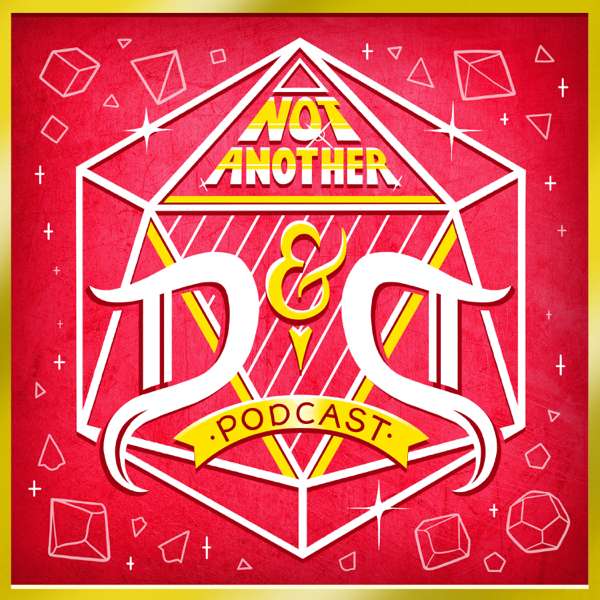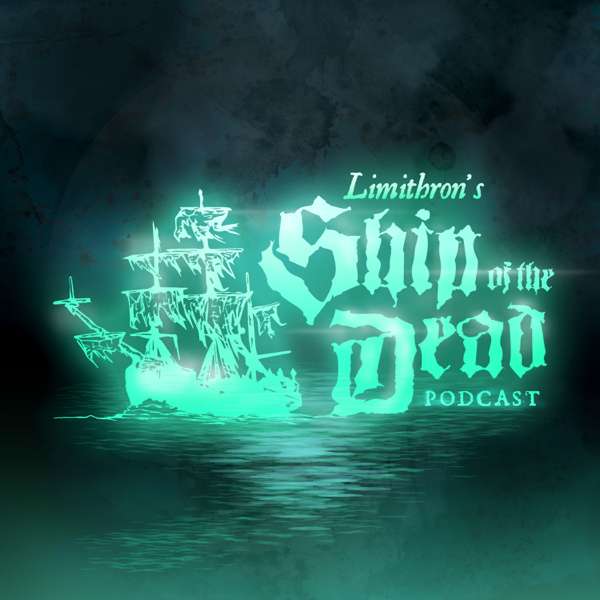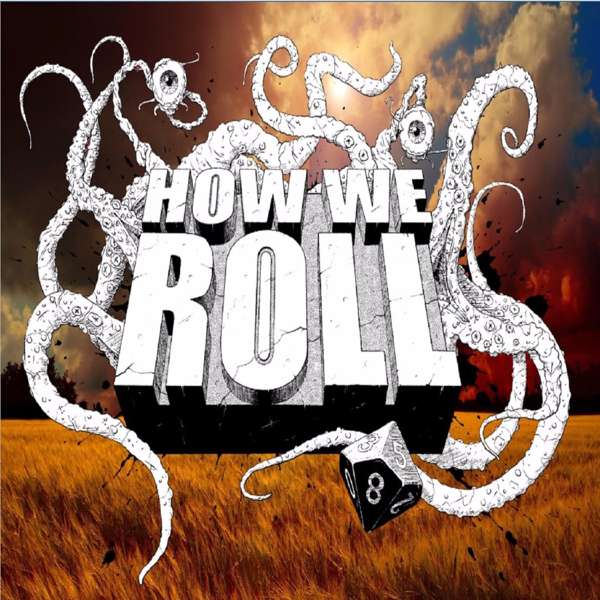In this episode, we are talk about competitive versus casual players in 40k; how they view the hobby and how they like to play the game. We discuss what happens when their expectations clash during a game. We also talk about starting and ending a project, when to call it done, and when to bail.
Introduction
40k players play the game for lots of different reasons, some want to play competitively, some want to tell a story, others just want to hang out with friends, a few want to do all three. The problem typically comes when players with different expectations play each other; it can lead to feel bad experiences.
The game of 40K is unique because it can be narrative, or casual, or competitive. There is a lot of space to be either extreme. It has its roots in RPGs on the table top and has changed to favor one or the other over the years. The latest editions formally recognize the different styles of play and provide systems designed for the different types of players.
Types of players: narrative players, casual players, competitive players.
Narrative players, their armies fit the lore. True narrative gamers don’t really care about who wins, they are interested in either telling a story, or having those “cool” moments. They have models painted to be lore accurate. The game is more like an RPG to them.
Competitive players want to win, it’s a game with rules and they want to make the right decisions to win the game. The models are not as important as the rules the models have. An extreme competitive player thinks in terms of rules rather than models. Some are more extreme than others; there may be some factions or models they stick to, but in general the goal is to win.
Casual players may want to win, but ultimately they want to have a fun experience. They take what they like or what they have painted, or they take themed lists because they look cool.
A barrier to competitive play is that the game is not a precise game like a board game or chess.
Using tape measures; will always be somewhat ambiguous. Competitive players at the highest levels try to be as precise as possible
Moving of models and line of sight; again, ambiguous. Competitive players talk about playing with intent.
Rules are complex and easy to forget/get wrong. Impossible to know what everything does unless that is all you do; a certain amount of trust that your opponent knows what they are doing. Competitive players require you to provide proof when asked.
“Gotcha” moments and competitive play.
Bad habits of SOME competitive players:
* Winning outside of the game: charm, bullying, intimidation.
* Grey areas: misremembering the rules, etc.
* Not telling everything about what an army does.
* Not there to have a good time; they want to win.
Bad habits of SOME casual players;
* Don’t know the rules that well.
* Slow play.
* Sloppy or lazy play, not up to speed on the etiquette of the game.
Is there a place for all kinds of players at a singles event? What is the best way to accommodate all types of players?
Second Topic
We all have them, closets, shelves, and drawers filled with pieces and parts of half completed hobby projects. Sometimes you get an idea, for an army or a board of terrain, that you are sure will be awesome, but somewhere along the way you give up and abandon them.
Starting and ending a hobby project.
Sponsors:
Trader-A
Logo Design: Isaac White Design

 Our TOPPODCAST Picks
Our TOPPODCAST Picks  Stay Connected
Stay Connected








